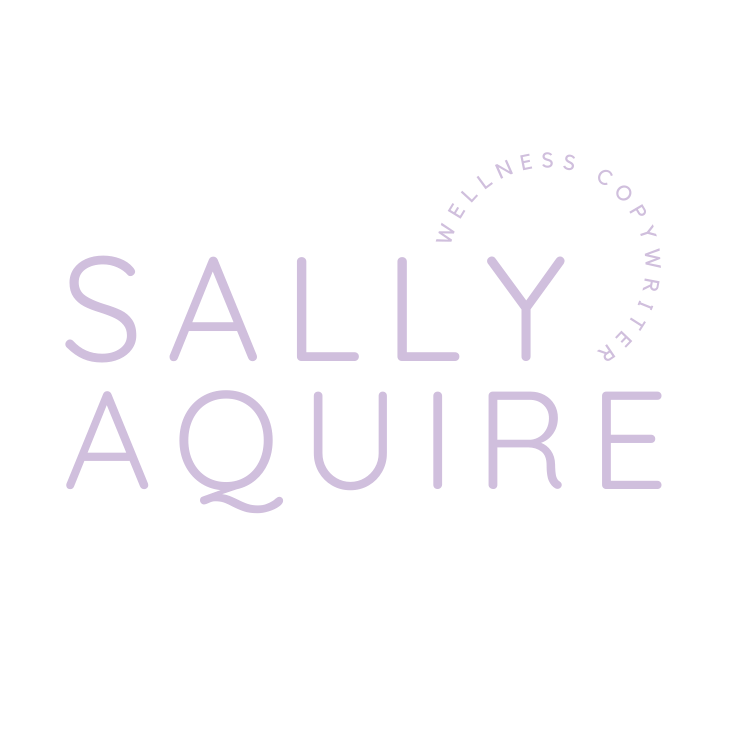The 5 Evergreen Funnel Mistakes That Are Making It Harder To Get Clients Into Your wellness Programme
If your evergreen funnel isn’t helping you consistently book clients into your wellness programme, there’s a good chance it’s not speaking to the right people.
As a wellness copywriter and strategist, I audit a lot of funnels. And I see the same mistakes over and over again—especially when the funnel was built with low-intent, problem-aware leads in mind (rather than the high-intent, almost-ready clients you actually want to attract).
If you're not seeing the kind of conversions you expected, here’s what might be going wrong:
Your evergreen funnel isn’t aligned with a specific offer
Trying to sell all your offers inside one funnel feels efficient—but it’s almost always a mistake.
When the funnel is trying to do too much, it waters down the messaging. Potential clients feel confused, overwhelmed, and unsure what the next step actually is. And confused people don’t convert.
High-intent clients need a clear, focused journey. One offer. One funnel. One set of strategic messages that lead them there.
There’s no mapped-out customer journey
Most evergreen funnels haven’t actually been mapped out re the journey the client needs to go on.
That journey should start where your ideal client actually is (often frustrated, burnt out, or skeptical), and end where they feel confident and ready to take action. Your email sequence needs to intentionally shift beliefs, overcome objections, and build trust along the way.
If the journey isn’t mapped, the content won’t move them—and the funnel won’t convert.
Your funnel is too complicated
When a funnel isn’t clearly aligned to one offer, it often becomes bloated with multiple opt-ins, conflicting CTAs, and overlapping sequences.
The highest-converting evergreen funnels I help to create are simple.
Usually, it’s:
One aligned freebie aimed at solution aware, high-intent leads
A landing page that builds anticipation
A set of 1–3 automated email sequences: a welcome, deeper nurture, and optional sales sequence (again all aimed at solution aware, high-intent leads)
Just a strategic system designed to guide high-intent leads through a clear journey.
Or it’s too simple
The opposite mistake? No nurture journey at all.
Someone opts in → gets their freebie → and then… crickets.
That’s not a funnel. That’s a one-off free ‘transaction’.
Your leads need a LOT more than one email and a PDF to feel ready to work with you—especially when they’re trusting you with something as personal as their health.
Even if they’re solution aware.
Solution aware leads still need nurture - they just need a specific type of nurture and to know if you’re the one they should choose.
The opt-in page isn’t creating enough desire
A lot of wellness pros assume their freebie will “sell itself.” So the landing page ends up being 2–3 vague lines and an opt-in form.
But high-intent clients still need to feel something to say yes.
The opt-in page should build real anticipation for the transformation the freebie offers.
Enough to get them to not just download it, but consume it—and feel pulled into your world.
If that excitement isn’t there, you’ll lose them before the funnel even starts doing its job.
The calls to action don’t get traction.
Keep it simple - one aligned funnel with one specific call to action, whether that’s booking a call, joining a waitlist or applying to join a wellness programme.
Think you may be making one or more of these mistakes in your evergreen funnel?
Let’s fix your evergreen funnel strategy so you can get more clients through it
Most evergreen funnels exist—but they’re not built to work. Not for the high-intent clients you’re actually trying to attract.
Let’s change that.
You can work with me in two ways:
🔧 Funnel Power-Up Audit – £350
A strategic audit of your existing funnel to identify:
✔️ What’s working
✔️ What’s not converting (and why)
✔️ How to rework your messaging to attract solution-aware, high-intent leads
🛠 DFY Funnel Copy & Strategy – Custom Pricing
Start from scratch or rebuild your existing funnel with:
✔️ Funnel strategy + mapped-out client journey for solution aware leads
✔️ Lead magnet concept + opt-in page copy for solution aware leads
✔️ 6-part email sequence designed to move high-intent leads into action
